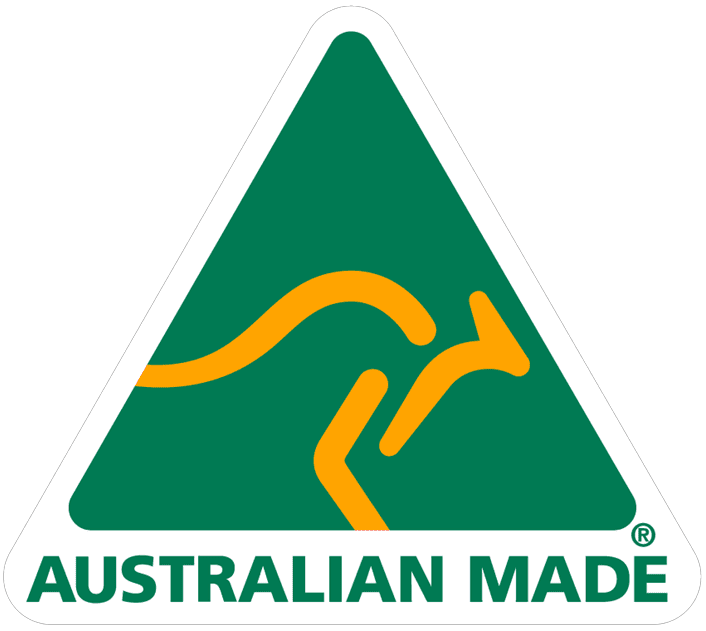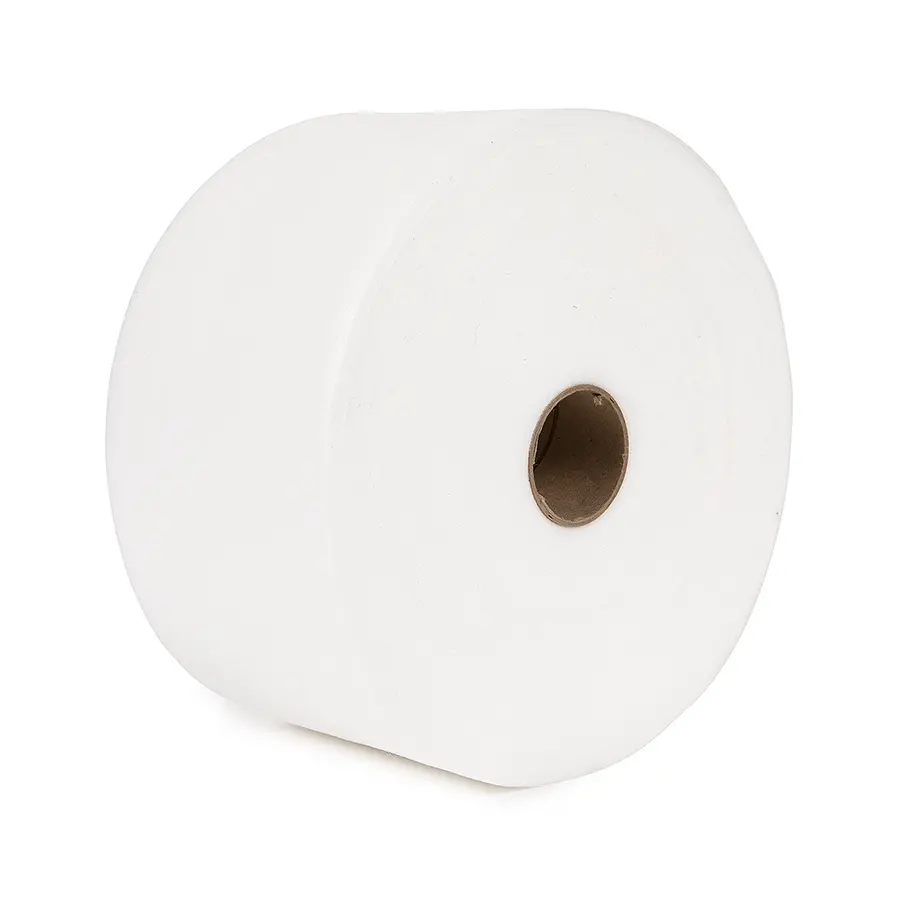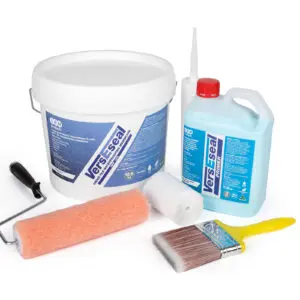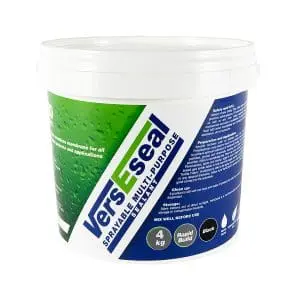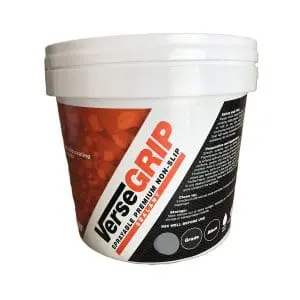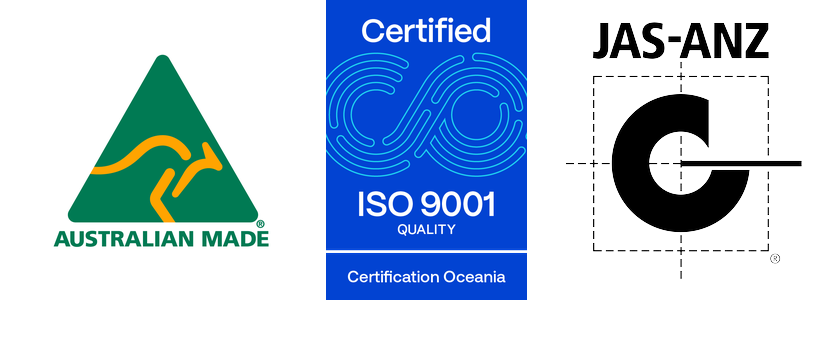Description
Geo fabric is a synthetic material made from polyester, polypropylene, or other similar materials. It is designed to have excellent strength, and durability. With the VersEseal system, geo fabric is used as a bridging material to cover and reinforce gaps or in areas that require additional support.
Applications
Geo Fabric should be used to reinforce areas where extra support is required such as penetrations in walls, roofs, or floors, in cracked surfaces, at expansion joints, and where floors meet wall.
Using Geo Fabric correctly is a crucial step in your project, and proper preparation is key.
Here’s a step-by-step guide on how to use Geo Fabric effectively:
- Preparation: Make sure the surface is clean and dry. You can use a pressure washer or vacuum to remove any particles. Allow the surface to dry completely.
- First Coat: Apply a coat of VersEseal Rapid Build, approximately 0.5mm thick, to the surface. Apply it slightly wider than the width of the Geo Fabric you’ll be using.
- Cut or Lay Out: Cut the Geo Fabric to the required length or lay it out over the area you’re working on. Ensure there are no folds or creases in the fabric. If working on corners or curves, you may need to cut some darts in the fabric to ensure it lies flat. Ensure that any overlapping areas of fabric are glued together using VersEseal prior to continuing.
- Overlapping Geo Fabric: If you need additional lengths of Geo Fabric, overlap them properly. Place the first length of Geo Fabric over the wet VersEseal Rapid Build. Apply
another coat of VersEseal Rapid Build (at least 50mm) over the area to be overlapped. Then, lay down the second length of Geo Fabric, making sure there is enough overlap. - Second Coat: Apply a second coat of VersEseal Rapid Build, approximately 0.5mm thick, to the area. Ensure the entire Geo Fabric is completely soaked.
- Drying Time: Allow the applied coats to dry completely before adding any additional coats. The drying time is approximately 24-48 hours per millimetre at 24 degrees Celsius in a wellventilated area.
- Visual Inspection: Before applying additional coats, visually inspect the membrane. The colour should change from brown to black as it cures. You can also touch-test the membrane – cured areas will feel much harder compared to wet areas. If the membrane feels “spongy” underneath despite being cured on top, it is still wet.

